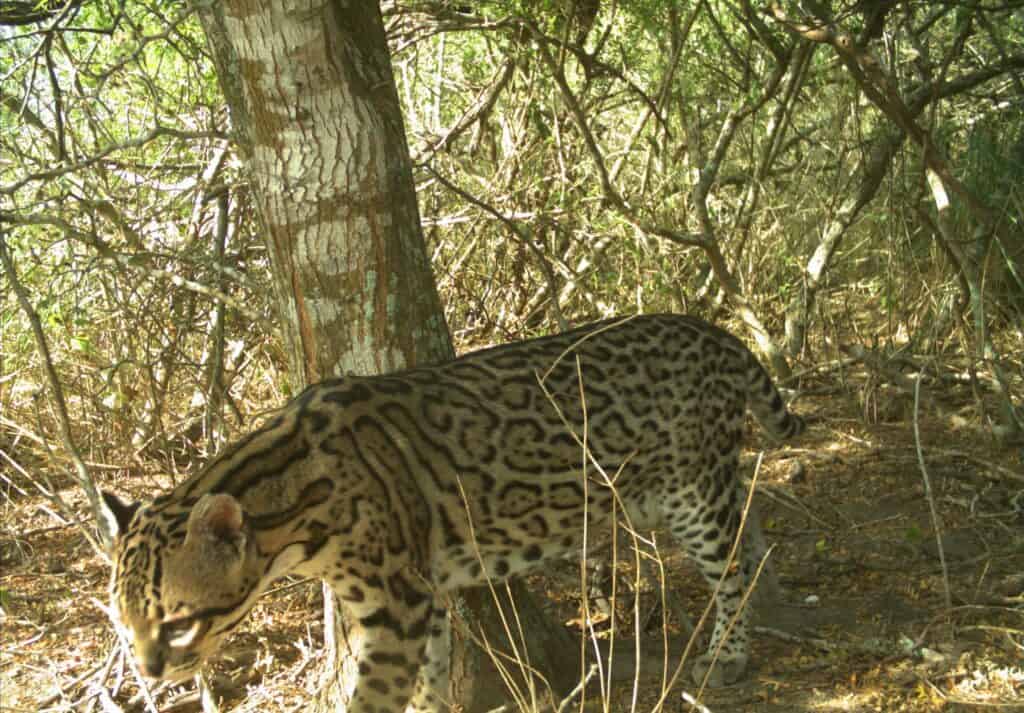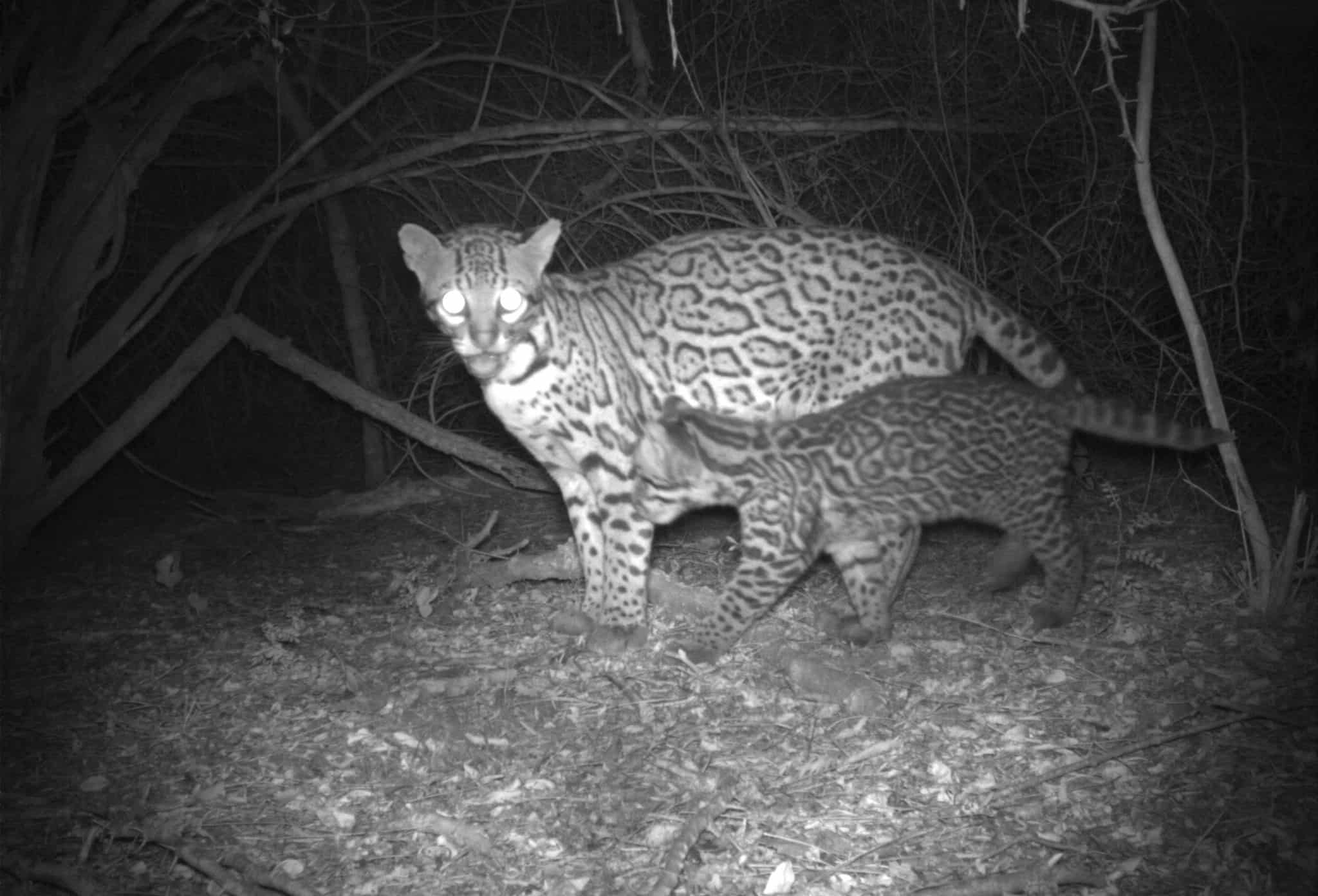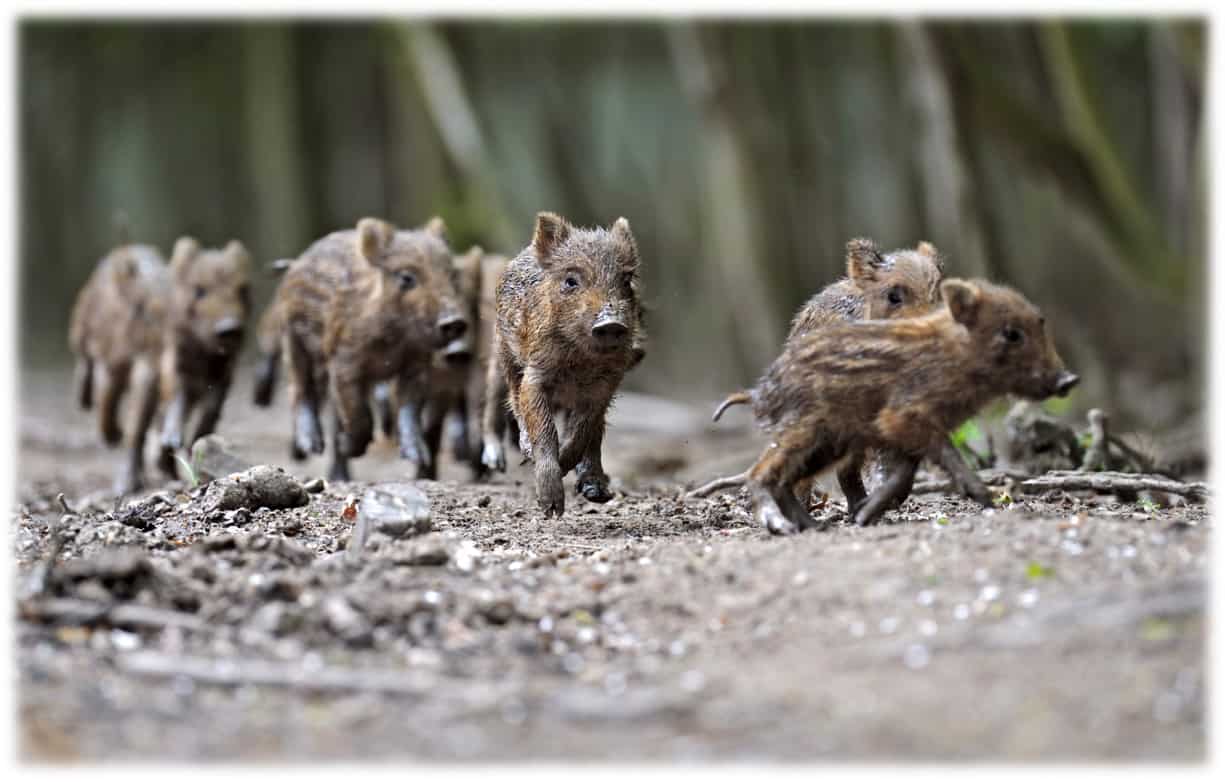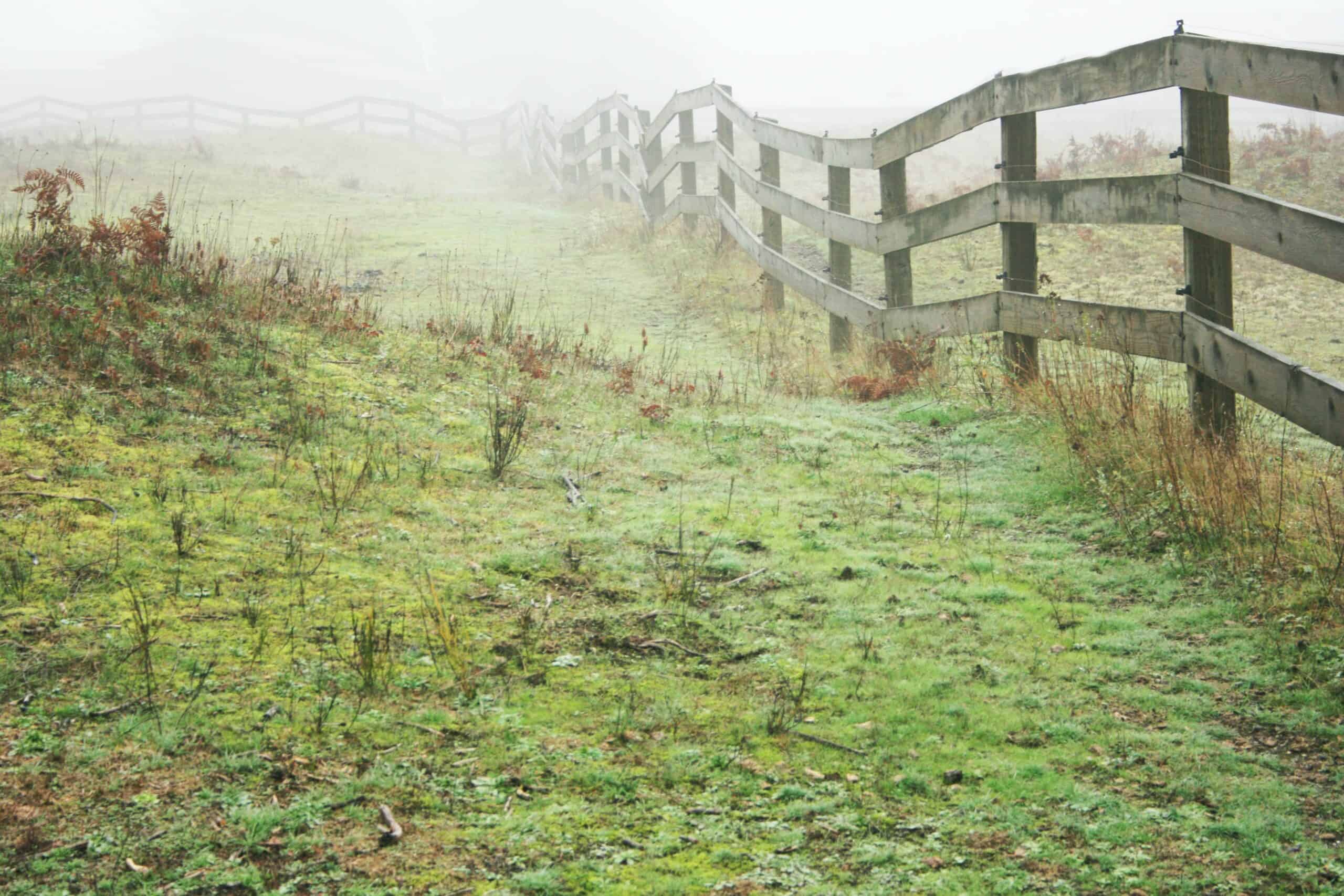Share this article
Wildlife Featured in this article
- ocelot
TWS2022: Private ranches host largest U.S. ocelot population
Ocelot tracking in Texas reveals a wider tolerance for habitat type than previously thought
Conserving endangered ocelots in the United States will likely depend largely on private landowners.
Research presented at The Wildlife Society’s 2022 Annual Conference in Spokane reveals that parts of a large ranch owned by the East Foundation—a private organization with the motto to “promote the advancement of land stewardship through ranching, science and education”—and surrounding areas host a high number of ocelots.
“It’s thought that almost 80% of total ocelots left in the United States are occurring in the private ranches in this ranch population,” said TWS member Jason Lombardi, a statewide carnivore coordinator for the California Department of Fish and Wildlife. “The area has really good habitat.”
Considered endangered by the U.S. Fish and Wildlife Service, ocelots (Leopardus pardalis) live in two main populations in Texas. One lies in a series of wildlife refuges near the Mexican border, while the other population is found in private ranchlands north of that.
While working on his PhD and then as a postdoctoral researcher at the Caesar Kleberg Wildlife Research Institute at Texas A&M University-Kingsville, Lombardi and his colleagues used trail cameras to monitor the population of ocelots and their habitat preferences in the ranchland. They also used Light Detection and Ranging (LiDAR), a remote sensing method, to gather data on vegetation type and height in their study areas.
“This study was a snapshot in time,” Lombardi said.
The analysis, led by Lombardi and published in Frontiers in Conservation Science, revealed that the East Foundation’s El Sauz Ranch and adjacent surrounding areas have an average of 17.6 ocelots per 100 square kilometers—among the highest reported in Texas and even parts of northern Mexico, though Lombardi said it’s likely some unsurveyed areas south of the border harbor similarly high concentrations of the cats. The ranch itself has anywhere between 21 and 50 ocelots, the researchers estimated.
This information is important for understanding how to conserve ocelots, Lombardi said. “Working with landowners is the key to doing this, because those landowners are supporting large populations of this endangered felid,” he said.

Wider range of habitat preferences
The LiDAR data revealed that ocelots were most likely found in areas with greater canopy cover in vegetation that is up to than 1-2 meters. Most previous research had assumed that woody cover was a requirement for ocelots.
“Ocelots have always been tied to dense vegetation across their extensive range all the way into South America, but for a long time in Texas it’s only been believed that they occur only in thornshrub habitats,” Lombardi said. But this was maybe because cats were easier to spot and catch in these woody cover areas. “As you get closer to woody cover, you’re more likely to see a cat,” he said.
But the researchers found that the cats also be detected taller grasses and shrubs, as long as they are relatively close to woody cover. This finding suggests there may be greater numbers of ocelots outside of the study area on the extensively forested private ranchlands that researchers previously didn’t survey, Lombardi said.
The information is also informing current reintroduction efforts to expand the small U.S. population.
Header Image: An ocelot mother and kitten at night on the East Foundation’s El Sauz ranch. Credit: Feline Research Program, Caesar Kleberg Wildlife Research Institute, Texas A&M University-Kingsville








